Toasting the pluck of the Irish
There won’t be a rollicking public celebration of St Patrick’s Day this year, so enjoy a quality Irish dram at home instead.
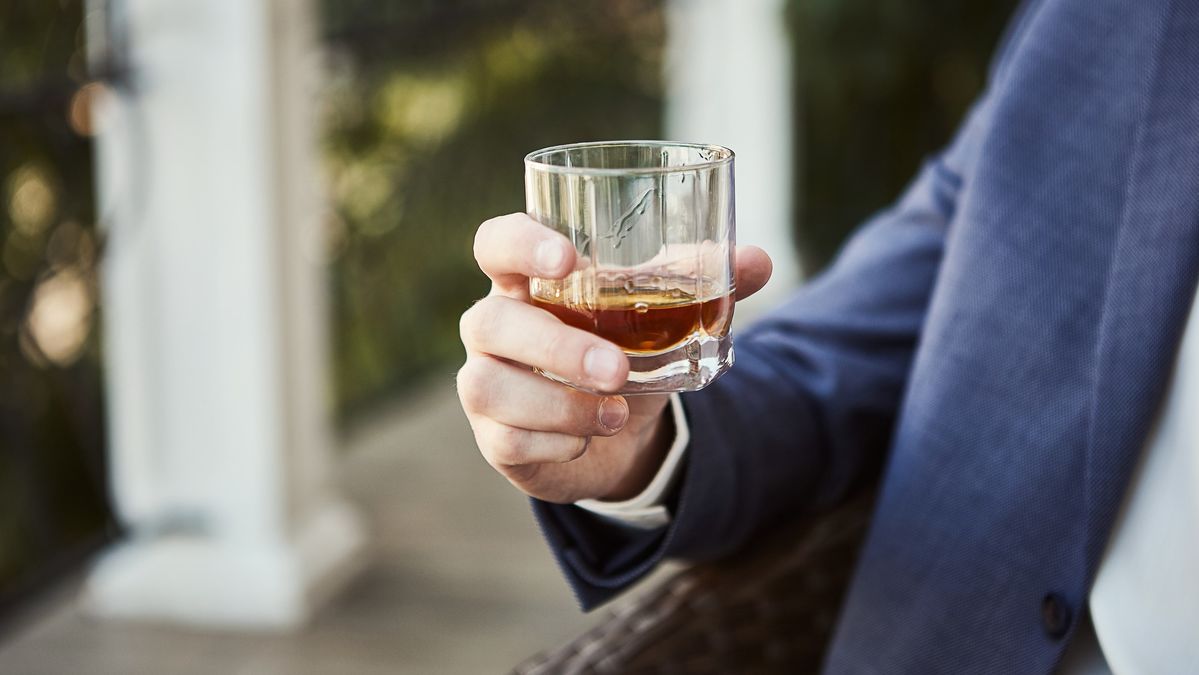
The customary ‘craic’ of the annual St Patrick’s Day celebration on March 17 is set to be more subdued around the world this year – but that doesn’t mean we shouldn’t hoist a quiet nip or two at home and wish ‘sláinte’, or good health, to the patron saint of Ireland.
Guinness, the creamy dark stout from St James’ Gate in Dublin, is intrinsically tied to any Irish celebration, but a rich history of whiskey (spelt with an ‘e’ for the Irish variety, or without for Scotch whisky) production offers a fascinating alternative avenue for exploration, nor to forget the creamy liqueurs that have also become a national staple.
The rise, fall and rise again of Irish whiskey
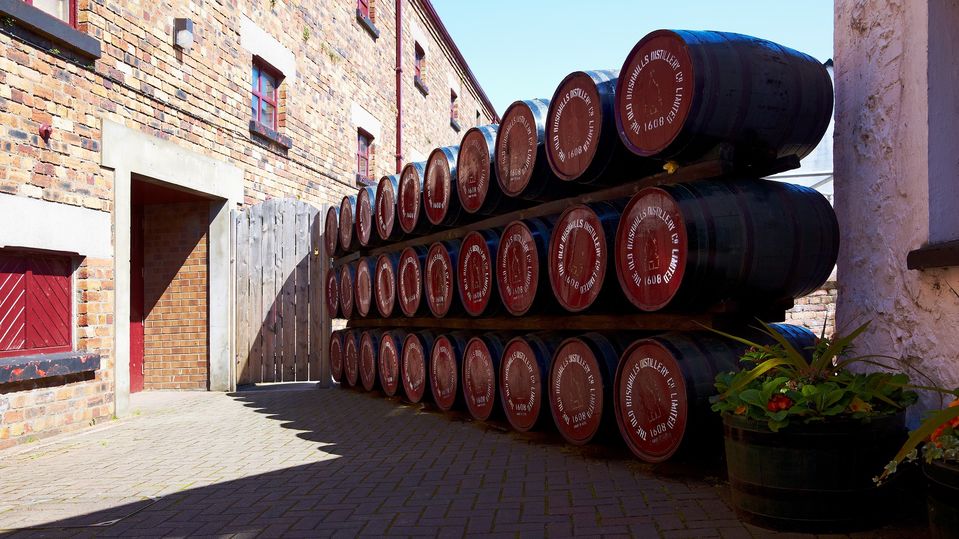
Many centuries ago, producing moonshine was a favourite local pastime in Ireland. This changed in 1608 when Northern Ireland’s Old Bushmills Distillery became the world’s first licensed whiskey distillery. Popularity of Irish whiskey soared and it became the world’s most popular spirit – by the late 19th century there were 88 licensed distilleries in Ireland.
American Prohibition in the early 20th century saw Ireland lose its biggest customer, and the number of distilleries evaporated to just two survivors.
Yet by the turn of the 21st century, Irish whiskey had once again risen and is now the fastest-growing brown spirit on the international market, with over 30 operating distilleries and another 20 or more under development.
Dublin-based Teeling Whiskey won the coveted ‘best single malt’ category at the World Whiskies Awards in 2019.
You probably already know Jameson Irish Whiskey and Baileys Irish Cream, which each hold a huge segment of their respective markets; but there are a lot of other Irish spirits to explore.
Here are some of my favourites:
Connemara Peated Irish Whiskey
If you thought that peat was all about Islay in Scotland, think again. If you like peat, you must check out this fabulous, balanced dram. Peated smoke and freshly baked apple pie on the nose, a mild, clean smoke on the palate with honey and vanilla undertones, and a wonderful long smoky, spicy finish ending in sweet, toasted almonds.
Redbreast Irish Whiskey
Made by Irish Distillers, who also produce Jameson Irish Whiskey, this is a single pot still whiskey, triple distilled and made from both malted and unmalted barley. The archetypal Irish whiskey expression, it has unrivalled richness, creamy mouthfeel, complexity and superior smoothness.
O’Mara’s Irish Country Cream
An alternative to Baileys Irish Cream. The main difference is that O’Mara’s was the first to include wine in the blending of Irish cream, resulting in a more complex and considerably smoother drink with a slightly lower alcohol percentage and therefore a lower price point.
Teeling Poitin Irish Whiskey
Bottled at 52.5% ABV, this is different to what we all know as Irish whiskey. The word poitin is a variation of the Irish word ‘pota’ meaning pot (note that ‘poit’ also means hangover).
It refers to the small pot stills traditionally used to obtain Irish distillate, which can be anything from 40-90% ABV, and is traditionally unoaked and clear. I would compare it to Scottish New Make or American White Dog.
Waterford Cuvée ‘Pilgrimage’ Irish Single Malt Whiskey
This has to be one of the highlights of my travels to distilleries all over the world. Waterford is a small town roughly halfway between Dublin and Cork, where the Waterford Distillery hugs the river that runs into the Irish Sea.
This distillery used to belong to Diageo, which mothballed it. It took the vision and resources of a man like Mark Reynier (of Bruichladdich fame) to buy it and take it to the next level.
The original Waterford Distillery is a behemoth, originally a beer brewery, that occupies a whole city block. Although ancient, it is still in working condition and will eventually become a museum.
Across the road you’ll find the new distillery, just as huge but absolutely state-of-the-art. Nothing was spared to make this one of the most capable and automated distilleries in the world. Crossing Mary Street from the old distillery to walk into the new one is like being propelled into the future. But that is not why we will hear a lot more about this distillery.
Mark Reynier’s background is in wine, and he set out to prove that terroir is just as applicable in high alcohol distillates. Waterford Distillery works together with 40 partner farmers, who grow and supply barley to the distillery.
Every parcel is fermented and distilled separately to preserve its terroir, and I can tell you from lots of tastings that the difference is incredible. I understand the concept of terroir in wine and I did, theoretically, in spirits; but I would never have guessed just how huge the difference actually is. Waterford is the distillery bringing this concept to market worldwide. It is just releasing its first single malt and it’s more than a cracker – it’s one of the best three whiskies I’ve ever tried.
To finish, with the weather turning cool in Australia, try a warming 'Irish tea' cocktail on St Patrick’s Day. It's based on the old cold remedy of honey, lemon and tea.
Brew a strong, black, smoky tea like Russian Caravan. Add 35ml of Connemara Cask Strength Peated Irish Whiskey, 35ml of P. Quiles Vermouth Rojo, half a small stick of cinnamon, two cloves, a good spoonful of Beechwood Honeydew honey and a little freshly squeezed lemon juice. Stir well and serve hot. Sláinte!
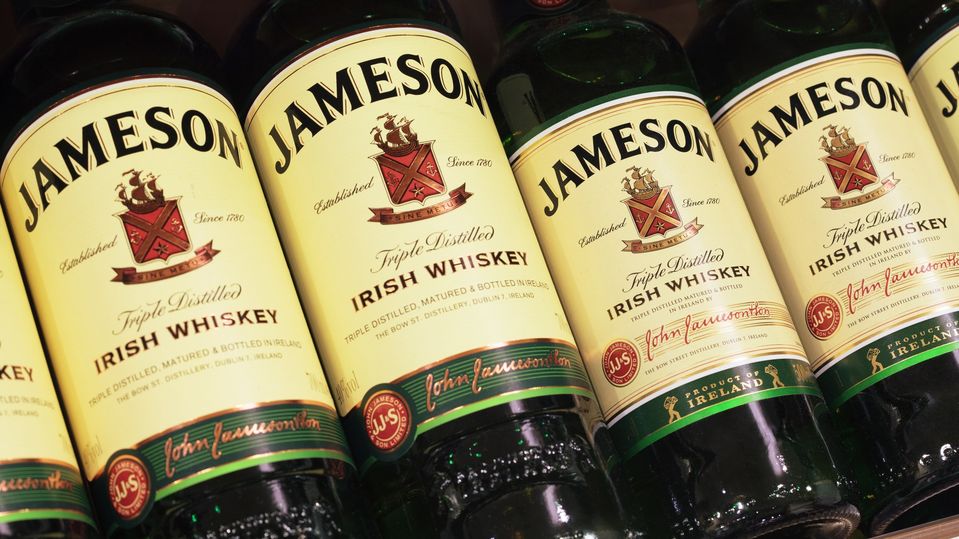
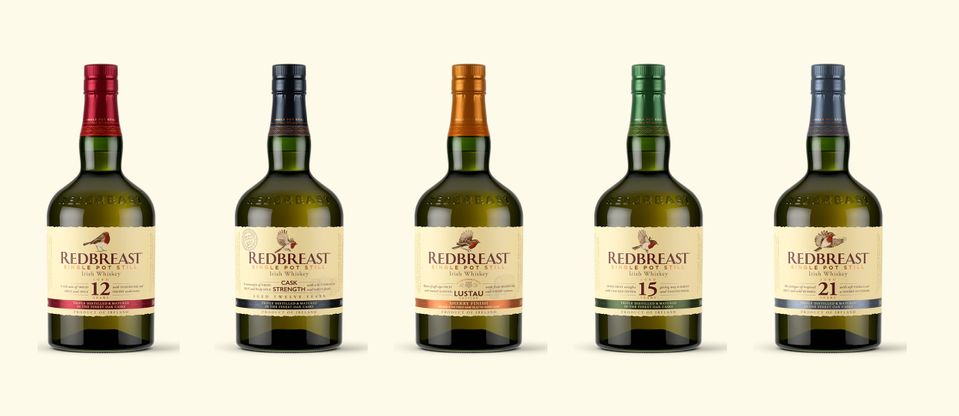
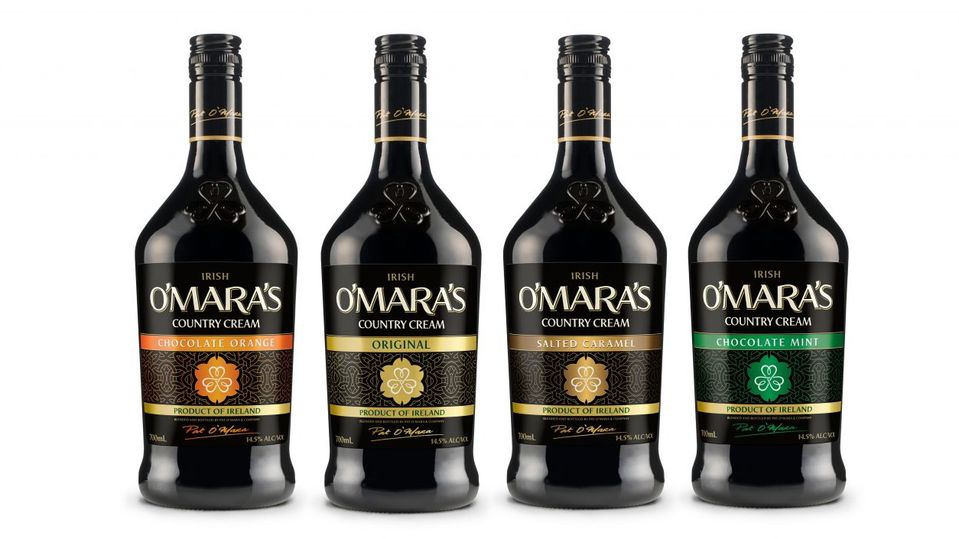
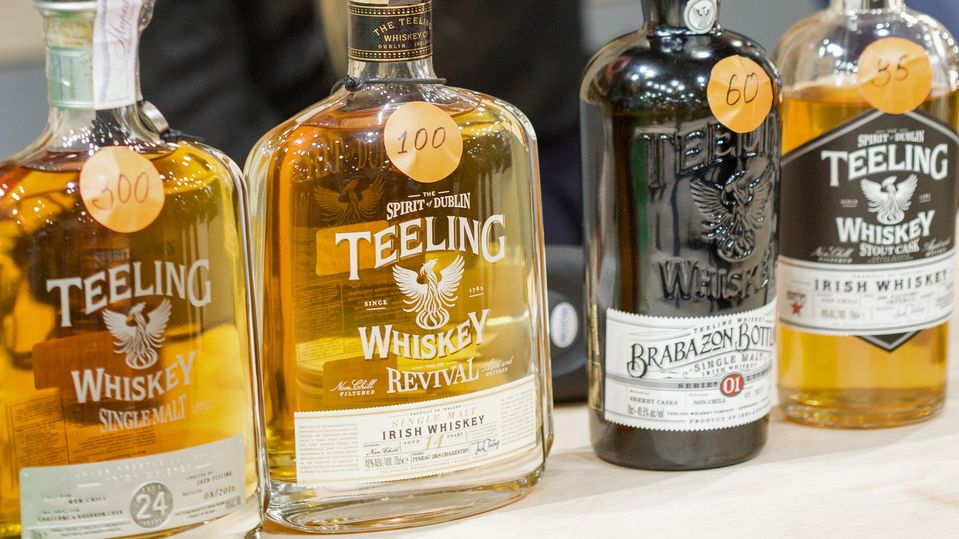
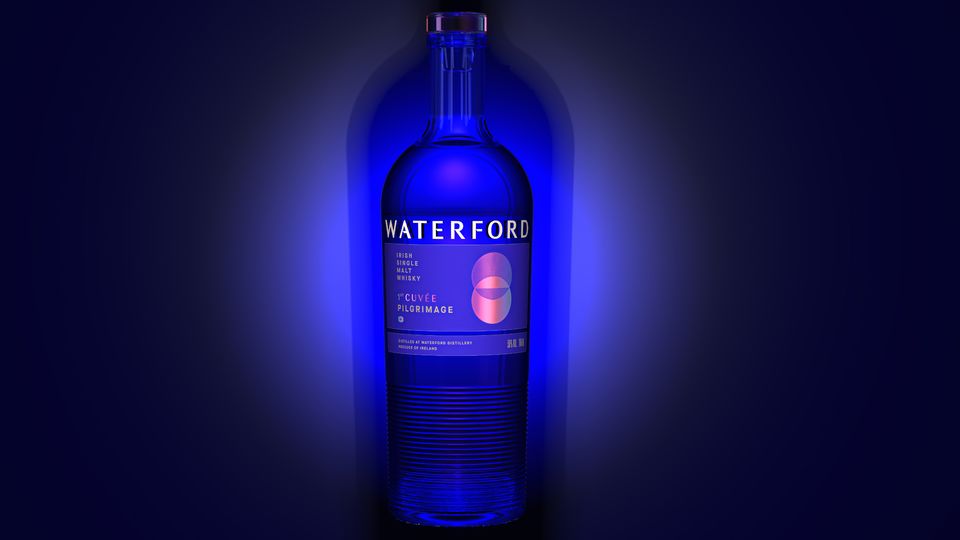

Hi Guest, join in the discussion on Toasting the pluck of the Irish